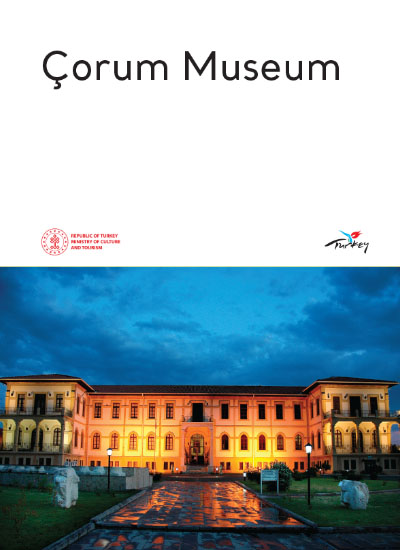The Çorum Museum was established in 1968 and has been exhibiting artifacts in its new building since 2003. The museum consists of archaeological and ethnographic display halls, showcasing artifacts from the Chalcolithic, Bronze, Hittite, Phrygian, Hellenistic, and Roman periods in chronological order. The oldest finds in the museum comes from the Resuloğlu Cemetery and settlement. Resuloğlu is situated northwest of the village of Resuloğlu in the Uğurludağ district, provides insight into the burial practices of the local people before the Hittites arrived in Anatolia. The exhibition hall features the Alacahöyük Early Bronze Age Tombs in their original form, along with a digital animation of a burial ceremony from that time. Additionally, visitors can virtually view the ruins of the Hittite capital Hattusha and a Hittite chariot in the section dedicated to Hittite architecture. The exhibition features a unique bronze sword belonging to King Tuthaliya II (1430 B.C), along with cuneiform tablets inscribed on the Unesco “World Memory list”, and seal printed bullae found in the archive rooms of the ancient cities of Hattusha (Boğazköy) and Şapinuwa (Ortaköy). Additionally, it showcases artefacts from the Hellenistic, Galat, Roman, and Byzantine periods, as well as Phrygian period finds from the Pazarlı excavation. The museum houses a diverse collection of coins from the Hellenistic, Roman, Eastern Roman, and Islamic periods. Additionally, the Ethnography Hall showcases Turkish art from the Seljuk and Ottoman eras to the present day. Life-size models demonstrate the crafts and culture associated with coppersmith and leblebi (roasted chickpea) production, as well as the unique coffeehouses of Çorum. Visitors can enjoy a free English and Turkish voice guidance system.
ÇORUM MUSEUM


